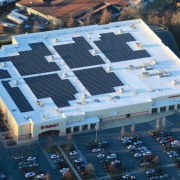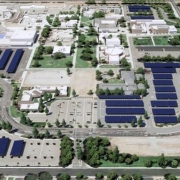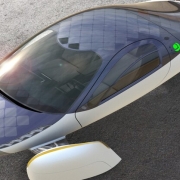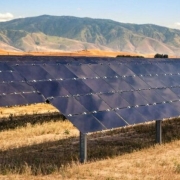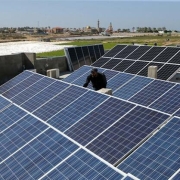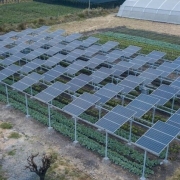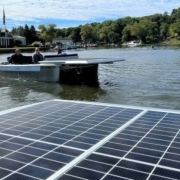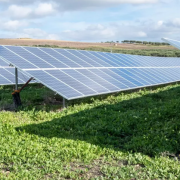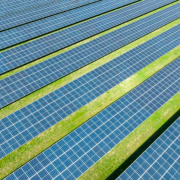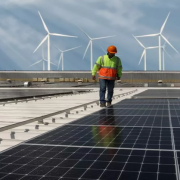US retailer Target, known for being ahead of the sustainability curve, has solar installed on nearly 550 locations or more than 25% of its stores. The company’s sustainability strategy, called Target Forward, commits the retailer to net-zero greenhouse gas emissions enterprise-wide by 2040.
According to the Solar Energy Industries Association (SEIA) Solar Means Business 2022 Target is one of the top four companies for solar installed on site, which—at the time—amounted to 255 MW of capacity.
Click here to read the full article
Source: PV Magazine
—
If you have any questions or thoughts about the topic, feel free to contact us here or leave a comment below.

